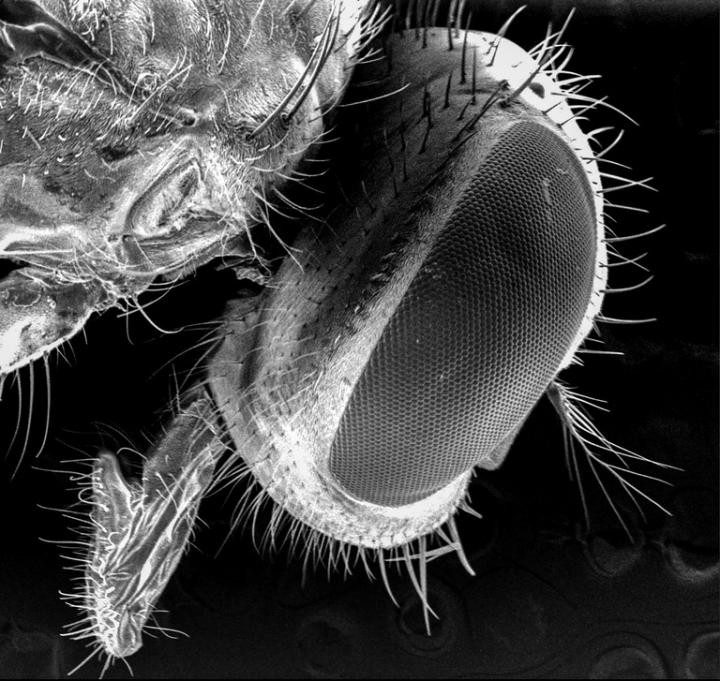Flies may be far more dangerous than we first thought
Researchers found that in some cases, they carry hundreds of different species of bacteria.

While it is well-known that flies spread bacteria, new research suggests that they carry far more germs than previously thought, many of which are harmful to humans.
Researchers studied 116 types of fly from three different continents finding that, in some cases, they carried hundreds of different species of bacteria.
"We believe that this [study] may show a mechanism for pathogen transmission that has been overlooked by public health officials, and flies may contribute to the rapid transmission of pathogens in outbreak situations," said Donald Bryant of Penn State University.
The researchers say that the legs and wings carry the most pathogens.
"The legs and wings show the highest microbial diversity in the fly body, suggesting that bacteria use the flies as airborne shuttles," said Stephan Schuster. "It may be that bacteria survive their journey, growing and spreading on a new surface. In fact, the study shows that each step of hundreds that a fly has taken leaves behind a microbial colony track, if the new surface supports bacterial growth."
Flies often come into contact with faeces and decaying organic matter, picking up bacteria that can be harmful to humans. The findings, published in the journal Scientific Reports, found 15 instances of the pathogen Helicobacter pylori, which can cause ulcers in the human gut.
"It will really make you think twice about eating that potato salad that's been sitting out at your next picnic," Bryant said. "It might be better to have that picnic in the woods, far away from urban environments, not a central park."





















